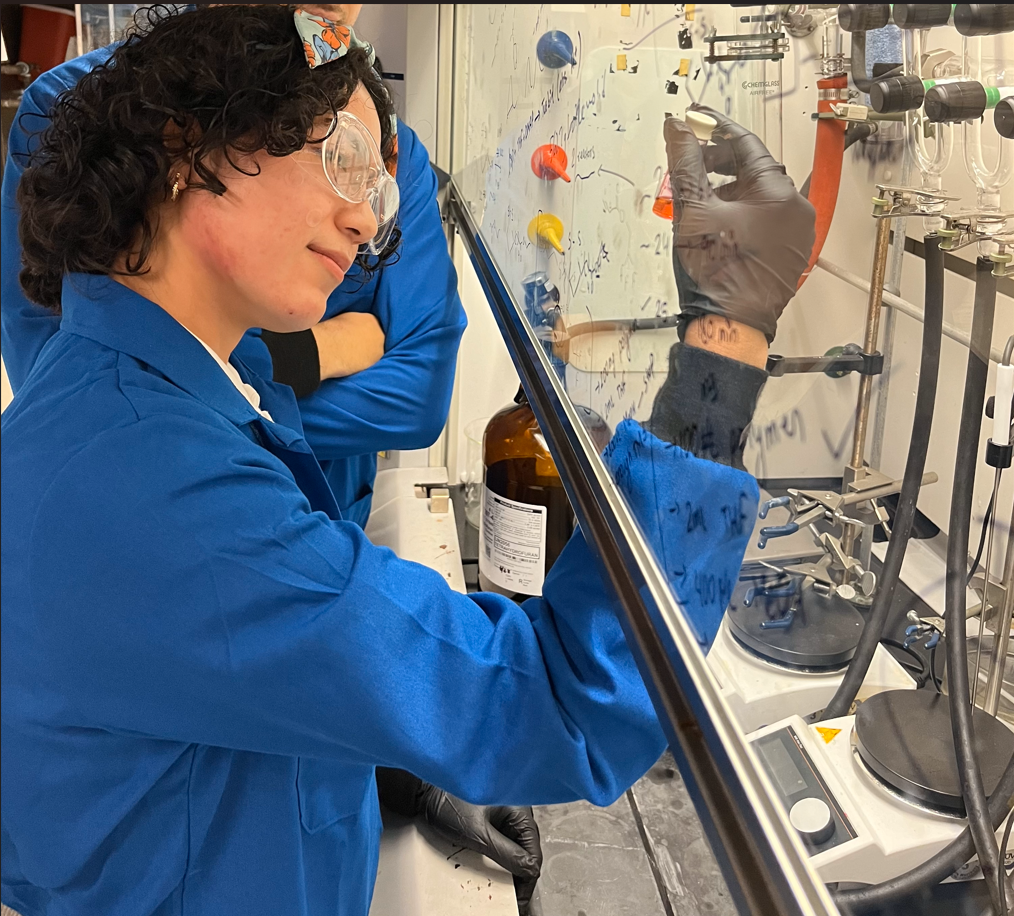
Dynamic covalent networks (DCNs) represent an interesting class of polymeric materials that combine the advantageous properties of thermosets with the processability found in thermoplastics. DCNs dynamic properties are achieved by integrating dynamic covalent groups as crosslinks in the polymer network, establishing an equilibrium reaction that can be adjusted through the application of an appropriate stimulus. Photo-reversible covalent networks are a class of DCNs that harness their dynamic properties through exposure to UV-Visible light by incorporating photo-reversible covalent groups, such as coumarins, into the network structure. Coumarins are compounds that exhibit photo-reversible properties by dimerizing upon exposure to light above 300 nm and reverting this dimerization under light below 290 nm. Despite their promising properties, photo-reversible covalent network applications in materials remain limited due to slow polymerization kinetics and low degree of reversibility. Our goal is to enhance the understanding of the polymerization kinetics of photo-reversible covalent networks. More precisely, we have designed synthetic routes to prepare polymeric systems with similar coumarin crosslinker concentrations but different network architectures: a tethered crosslinked polymer network, and a side crosslinked polymer. The difference in the spatial distribution of the coumarin crosslinker allowed us to assess how polymer topology influenced UV-triggered crosslink formation (gelation). The development of the network viscoelasticity during the crosslinking process was monitored using small angle oscillatory shear (SAOS) for a precise determination of the gelation kinetics. In this study, the side-crosslinked polymer showed shorter gelation times with a larger storage modulus. Additionally, both model networks exhibited highly efficient photo-reversibility. In the future, we aim to assess the influence of water on the network structural arrangements, driven by the hydrophobic behaviour of coumarin groups, and its impact on the gelation kinetics. By optimizing and better understanding the equilibrium kinetics, more materials can be processed and better designed to further expand their applicability.